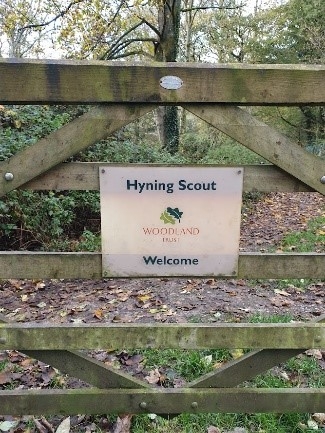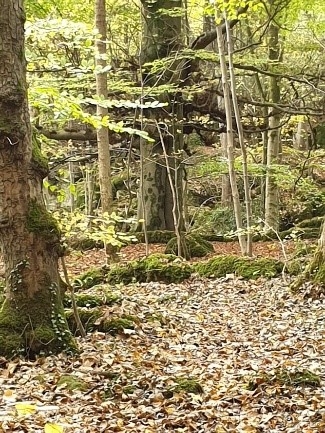
James, volunteer for Morecambe
As the climate changes, our relationship with our surroundings will inevitably change. The blogs will, I hope, shine a light on certain places in the area and the nature that exists in these places.
Not all of them will have unique wildlife, but interesting landscapes and nature all the same. I’ll write about Heysham, Morecambe’s West End, Central Morecambe, Bare, Hest Bank, Bolton le Sands, Carnforth, Warton, Silverdale, Arnside and Grange over Sands.
Warton is a village in north west Lancashire, and has a few areas of nature, most notably up the crag and in the woods. In this blog, I’ll look at the woods.



